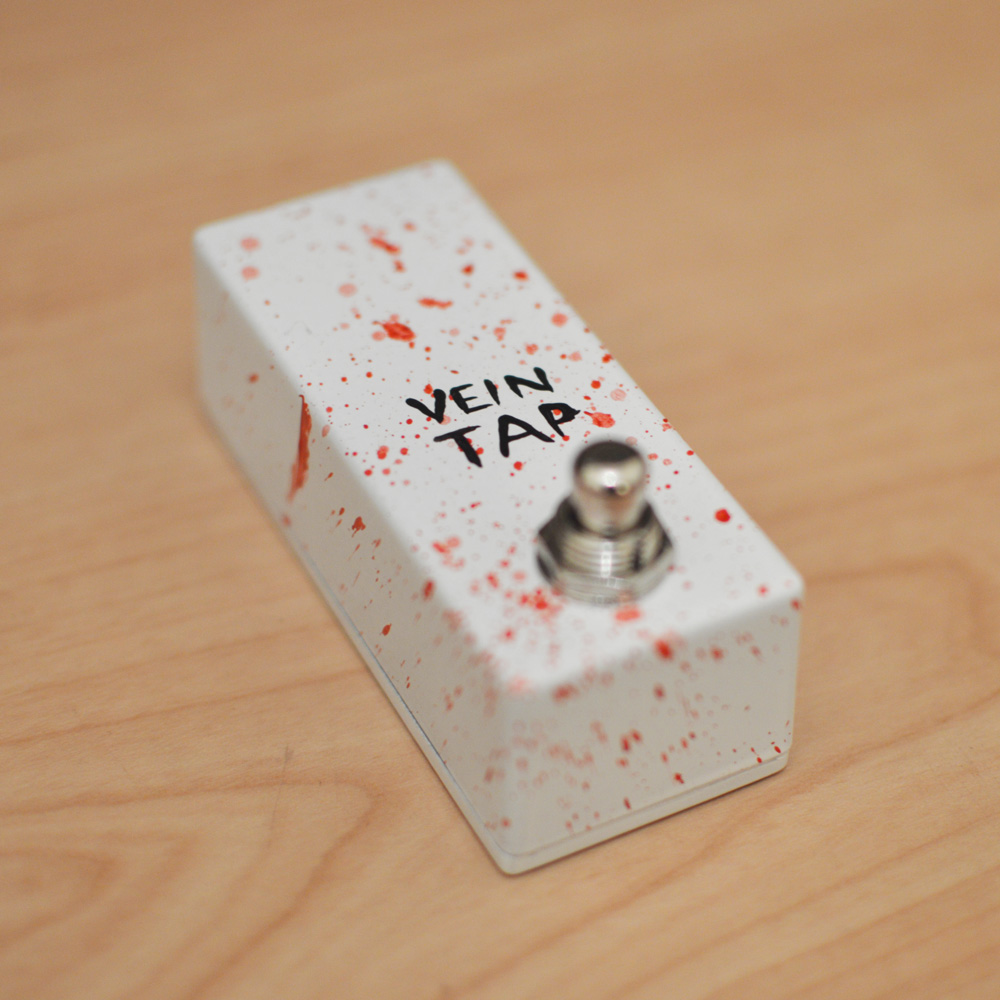With this video, we explain some of the advantages of a “normally open” (also known as “push to make”) momentary footswitch. Please forgive my froggy throat, I’m working through a little manflu.
This illustrates one of the prime advantages of a normally open footswitch. Using the “Hold” mode on the Boss DD-7 Digital Delay is one of my favourite tricks. I normally use it live to create a soundscape to then lead into a facemelting rock n’ roll song, taking the audience by surprise – if this isn’t done well, I look a jerk and everyone in the audience is laughing.
Being able, therefore, to just release the footswitch is far more effortless and easy to do than catching the switch at the exact moment (it’s also pretty cool to be able to leap straight into a stage jump). It may seem like a relatively trivial thing, and certainly not something you’d think about practicing, but when you’re onstage, fretting about the chords and notes, how the lighting is making you look, whether than certain-someone has turned up and how damn hot it is, every bit of help you can get to focus on the music you’re making (and how you look whilst you’re making it) is a real help.
